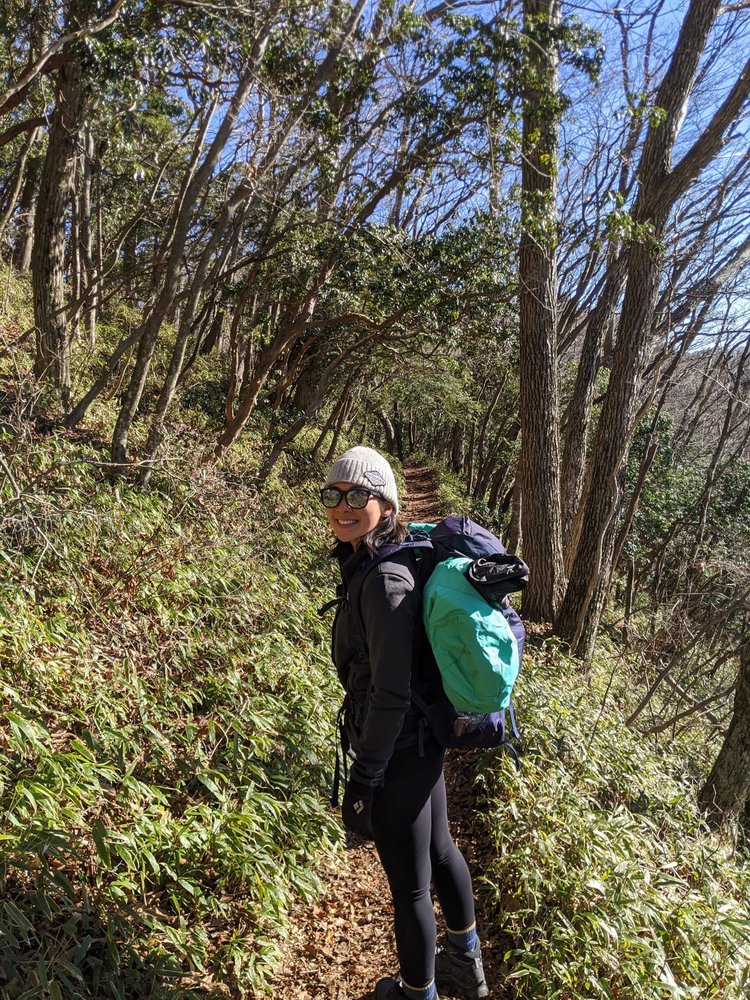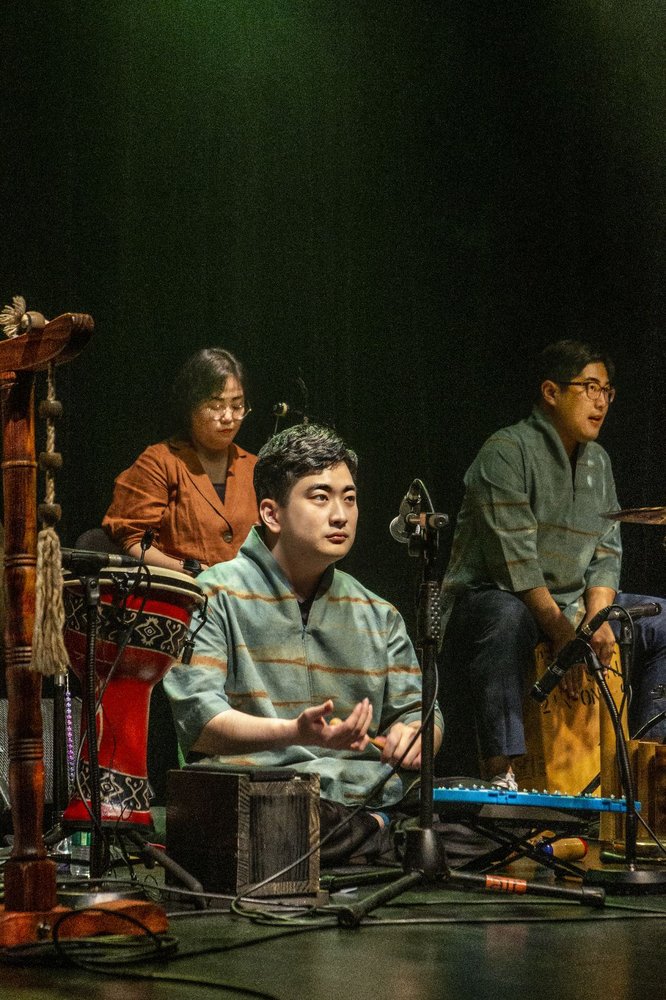This content originally appeared on The Keyword and was authored by Sneha Srinivasan
Five years ago, I discovered that I had left temporal epilepsy, a condition that causes unprovoked seizures. To manage it, I was prescribed medication. While the medication controls the brain activity, the downside was experiencing fatigue, long sleep cycles, anxiety and nausea. What made the journey harder was knowing that my struggle with this condition had no cause identified, and was an invisible battle with myself.
The conversation about invisible disability is often overlooked, especially at the workplace, because it isn't outwardly noticeable. I recall feeling hesitant in opening up to others about my struggles because I wasn't sure if people would misunderstand me or question the legitimacy of my condition. The turning point for me was when I started opening up to a small group of friends, and each time, they would remind me that my condition does not define me. It gave me the confidence to widen that circle of trust.
These conversations became an opportunity for me to help others understand what invisible disability means, and through sharing, I became more confident about who I am in my personal and professional life. At work, I believe it is essential to foster a safe space where people with disabilities can openly share their experiences with others to build a deeper level of shared understanding and awareness. I recently had the opportunity to share my journey with hundreds of Googlers to dispel misconceptions about having an invisible disability. The level of curiosity from Googlers who wanted to learn more comforted me, and it reaffirmed that in an inclusive and supportive culture, I can be my authentic self. My hope is that others living with invisible disabilities can experience a world that's genuine, understanding, and compassionate.
This Invisible Disabilities Week, I connected with Googlers from Korea and Singapore — Eri and Seokhyun — to share their stories.
Eri Shinose, Global Product Lead, Singapore / US
Could you share more about your condition?
I have undefined diabetes, where my body cannot handle insulin well, causing hyperglycemia and hypoglycemia. I usually have to constantly monitor my insulin and glucose level and eating schedules every two hours, or else I experience dizziness, fatigue, blurry eyesight and nausea. In extreme situations, it may lead to fainting and seizures. The symptoms are primarily invisible, making it difficult to communicate about the problem.

Eri enjoys hiking and the outdoors
Could you share how Google and your team supported you?
I was worried about how my colleagues would react or how my performance would be affected when I discovered my condition, because it required long-term leave for hospitalization and I wasn’t in the best shape at work while in recovery. I was blessed to have supportive team members who understood the situation and were always willing to help whenever necessary. My managers were with me on every step of the journey. I was relieved to know that they were willing to make it work and support my professional goals. In terms of benefits, I felt fortunate and supported knowing that Google provided time off, second opinion services and medical insurance coverage.
Seokhyun Lee, Account Strategist, Korea
Could you share more about your condition?
I have brain lesion disorder, a condition where a gene mutation occurs in part of the brain, resulting in muscle contraction. Brain lesion disorder has a quite range of symptoms. In my case, I have difficulty walking and have trouble using my right hand. I had to go through surgery on my legs, cutting and attaching the muscles.

Seokhyun playing traditional music in Korea
You joined Google three months ago. What surprised you about the hiring process?
The topic of invisible disability may not be familiar to many people in Korea and it is common for companies to request that you disclose any disability. At Google, I was surprised that there was no requirement for me to inform the company about my condition, and I felt like I had a fair opportunity during the hiring process.
Why do you think it's essential to shed light on invisible disabilities?
As someone with a disability, I do not agree with the premise that people with disabilities should be pitied. The important thing is to create an environment where someone with a disability can easily get the help they need at any time, and I believe it starts with fostering inclusiveness. We should also create a safe space where people can have a forum to learn, discuss and understand the topic of disability from the perspective of others, so everyone feels like they belong.
This content originally appeared on The Keyword and was authored by Sneha Srinivasan
Sneha Srinivasan | Sciencx (2021-10-18T01:00:00+00:00) How Googlers are making unseen disability visible at work. Retrieved from https://www.scien.cx/2021/10/18/how-googlers-are-making-unseen-disability-visible-at-work/
Please log in to upload a file.
There are no updates yet.
Click the Upload button above to add an update.
